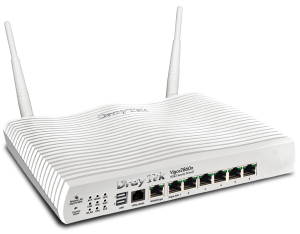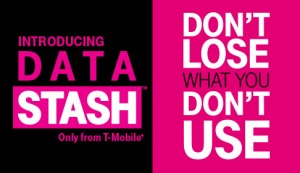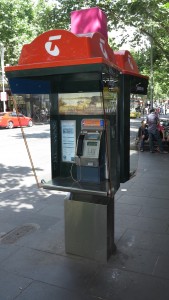Article
Bilan: la Freebox Révolution a quatre ans | Freenews (French language / Langue Française)

Freebox Révolution – 4 years old (à quatre ans)
My Comments
As a consequence of the highly-competitive triple-play communications service market in France, Free had developed one of the “n-boxes” that has a lot more that is expected for this class of carrier-supplied equipment. Now this device, known as the Freebox Révolution, which is available in just about all of France for EUR€29.95 a month as part of a very tasty triple-play pack, has reached its fourth anniversary.
I have given a fair bit of editorial space to the Freebox Révolution including citing it as an example device in an article about setting up for Internet in France. This is due, not just to its exciting Philippe Starck design but due to the increasing amount of functionality that this device has come with and received over the four years. Here, Free kept with a program of frequent firmware updates which weren’t just about fixing up technical problems but were also about adding functionality to these devices, some of which I have drawn attention to on HomeNetworking01.info.
The Freebox Server was more than just a VoIP gateway with DECT base-station and wireless broadband router. Here, it had DSL and fibre support on the WAN side of the equation and a 250Gb NAS. There was even the ability for the unit to be a media player for Apple AirPlay, DLNA or online media, including playing audio content out via integrated speakers or through external active speakers. The LAN side had a four-port Gigabit Ethernet switch along with 2.4Ghz three-stream 802.11n Wi-Fi, but the Freebox Révolution comes with power-supply units that have integrated HomePlug AV-Ethernet bridges. The newer iterations had been upgraded to HomePlug AV500 and the Wi-Fi on newer releases was upgraded to a dual-band dual-radio variety. Let’s not forget that some of the newer variants even came with a Femtocell that provided local mobile-phone coverage for your home as part of Free getting their paws in to a mobile-telephony service.
Firmware upgrades even had the Freebox Server acquire full Apple compatibility along with being a VPN endpoint router and one of these upgrades was fashioned as the “Freebox OS” with an interface very similar to a newer Linux distribution, one of the mobile-platform operating systems or something you would get with one of the newer high-end NAS devices. The server functionalities included UPnP AV / DLNA, Apple Time Machine, iTunes Server and a BitTorrent server, known as a “seedbox”.
The Freebox Player which served as the “décodeur” for the IP-based TV component of the triple-play service was infact a “full-blown” 3D Blu-Ray player, games console and digital-TV tuner. The gaming functionality was part of an app-store that Free operated, which was to the same standard as most smart-TV platforms, if not better. This device was also controlled by a “gyroscopic” remote control which communicated to it via Zigbee RF technology and supported “gesture-driven” operation. Lets not forget that this was a DLNA-capable media player which gained MediaRenderer functionality from a subsequent firmware upgrade. This device also served as an Internet terminal for the TV screen and even had the ability to interact with most online services courtesy of either the Web view or a native-interface “front-end” that came with one of the firmware upgrades or downloaded from the app store. There was a firmware update that give the Freebox Player “Shazam-like” song-identification abilities.
The Freebox Révolution raised the bar when it came to the concept of a premium triple-play “n-box” offer with the competitors offering systems that had very similar functionality and aesthetics. Examples of these include Numéricable’s La Box and the Neufbox Évolution. As well, I had a casual conversation with someone who came out from France and they even mentioned about someone they knew having one of these devices and being impressed with what it could do.
For me, I have viewed the Freebox Révolution as the flag-carrier for the competitive French Internet market because of the way the carriers can add more value to the equipment they supply their customers. In this way, I would place this device alongside the TGV or the Channel Tunnel as a symbol of French technological progress.
Happy Birthday, Bonne Anniversaire, Freebox Révolution!


![Yorkshire Dales By Kreuzschnabel (Own work) [CC-BY-SA-3.0 (http://creativecommons.org/licenses/by-sa/3.0), GFDL (http://www.gnu.org/copyleft/fdl.html) or FAL], via Wikimedia Commons](https://homenetworking01.info/wp-content/uploads/2014/09/2013_Langthwaite_Arkengarthdale-Yorkshire-Dales-300x225.jpg)







